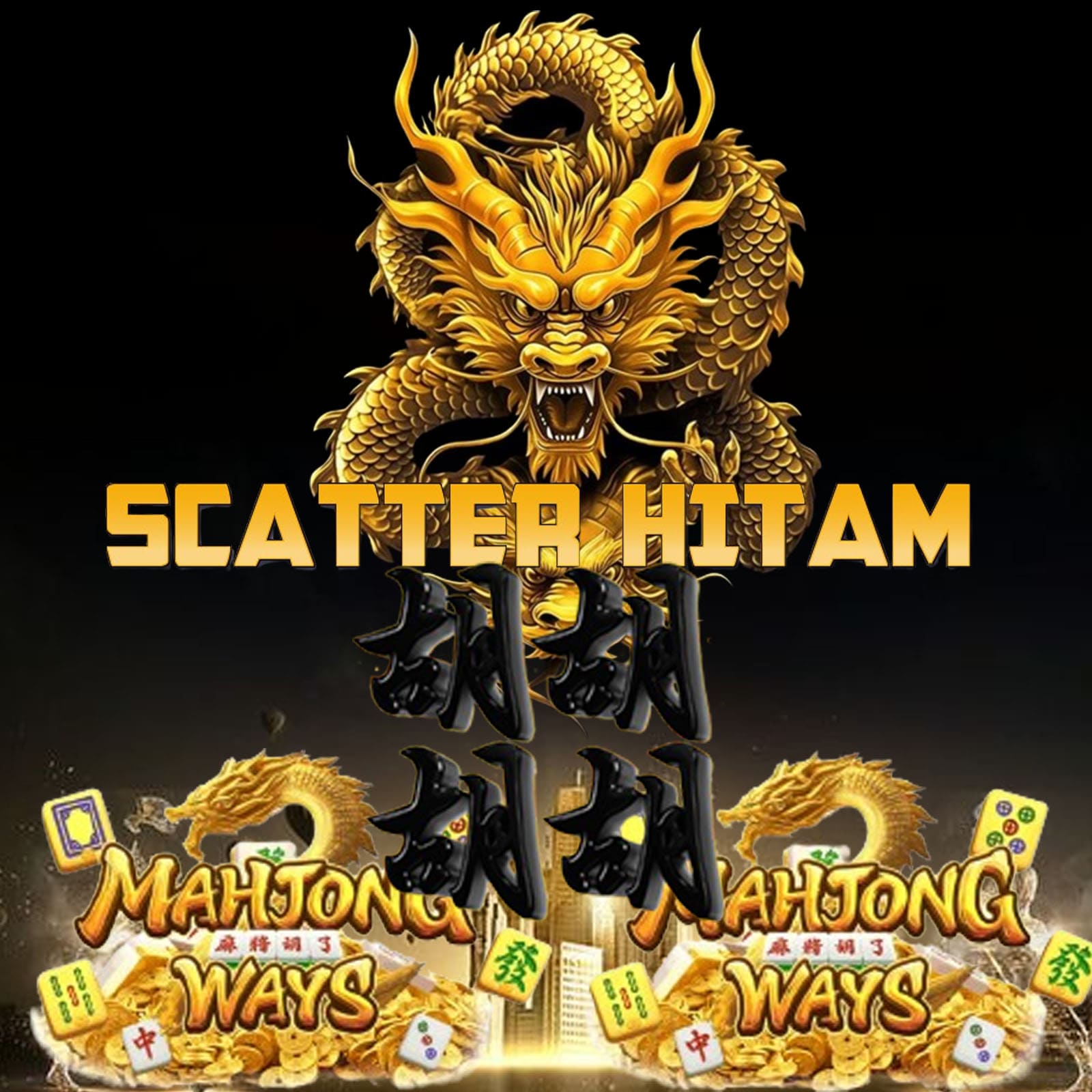In the fast-evolving world we live in today, various emerging trends and innovations have reshaped the way we approach life, work, and relationships. One such concept that has begun to gain attention is Sensentoto. While still relatively unknown to many, sensentoto is becoming increasingly significant in modern society for its unique blend of technology, emotional intelligence, and human interaction. But what exactly is Sensentoto, and why is it relevant in today’s world?
What is Sensentoto?
Sensentoto can be understood as a fusion of sensory and intuitive technologies aimed at enhancing human experiences. It is a term that refers to an interdisciplinary field that combines the senses, artificial intelligence (AI), and human emotional understanding. At its core, Sensentoto focuses on creating more responsive, empathetic, and personalized interactions between people and their environments, both digitally and physically.
Sensentoto’s concept is deeply rooted in the idea of merging human intuition with machine learning. It’s about teaching machines to sense and understand human emotions, providing feedback that makes interactions more meaningful, dynamic, and emotionally aware. This technology goes beyond traditional AI by integrating sensory data—such as sound, touch, and even visual cues—to shape a more holistic user experience.
The Importance of Sensentoto in Modern Society
1. Enhanced Personalization
One of the key applications of Sensentoto is in personalization. Whether it’s through online shopping, virtual assistants, or even healthcare, Sensentoto allows technology to sense the preferences, moods, and even psychological states of individuals. This creates an environment where services can be tailored to the individual’s needs in a more responsive and intuitive way.
For example, Sensentoto in the healthcare sector can assist in mental health management by monitoring subtle changes in an individual’s emotional or physiological states. It can provide early warnings for conditions such as stress, anxiety, or depression, allowing for timely intervention and personalized treatment plans.
2. Improved Human-Machine Interaction
As machines become more integrated into our daily lives, the way we interact with them is evolving. Sensentoto bridges the gap between human emotions and machine responses, enabling a more natural, empathetic form of communication. This not only improves user satisfaction but also fosters trust and cooperation between humans and technology.
Take smart homes, for example. A Sensentoto-powered system could recognize a person’s mood and adjust lighting, music, or even temperature to suit their emotional state. This intuitive understanding of human behavior could significantly enhance our living environments, making them more comfortable and aligned with our needs.
3. Advancements in Artificial Intelligence
Sensentoto pushes the boundaries of AI by incorporating emotional intelligence and sensory inputs into algorithms. Traditional AI is often limited to data processing and pattern recognition. However, by adding sensory capabilities, AI systems can begin to understand and respond to the subtleties of human emotions, body language, and environmental factors. This could lead to AI becoming more “human-like” in its interactions, offering more nuanced and empathetic responses in various contexts, such as customer service, therapy, or entertainment.
4. Supporting Mental Health
The mental health crisis in modern society is a growing concern, and Sensentoto has the potential to offer significant support in this area. By utilizing sensors and algorithms that detect emotional and physical changes, Sensentoto technology can help individuals monitor their mental health and even provide real-time feedback or assistance.
For instance, an app using Sensentoto could track patterns in a person’s mood and provide tailored suggestions for activities that could alleviate stress or anxiety. It could also alert healthcare providers if a person’s mental state reaches a critical point, enabling early intervention and helping prevent serious mental health issues.
5. Empowering Creativity
Sensentoto is not limited to practical applications alone. Its integration into creative fields like art, music, and entertainment can also empower individuals to express themselves in new ways. Artists and musicians can use Sensentoto technologies to create immersive experiences that respond to audience emotions in real-time, allowing for dynamic performances and interactive installations.
Furthermore, Sensentoto can be used in virtual reality (VR) and augmented reality (AR) environments to craft more emotionally engaging narratives. Imagine a video game that adapts not only to your actions but to your emotional responses, offering a truly personalized experience that can make entertainment more immersive and emotionally resonant.
The Future of Sensentoto
As Sensentoto technology continues to evolve, it’s likely that its applications will only expand. With the growing focus on emotional intelligence and the intersection of technology and human experience, Sensentoto could become a driving force in shaping the future of everything from healthcare to entertainment to personal well-being.
However, as with any rapidly advancing technology, it is crucial to consider the ethical implications of Sensentoto. How will we ensure that machines do not manipulate or exploit human emotions? What safeguards should be put in place to protect privacy and mental well-being? These are important questions that need to be addressed as Sensentoto continues to develop and integrate into society.
Conclusion
Sensentoto represents a fascinating frontier in technology that seeks to bridge the emotional divide between humans and machines. By combining sensory and emotional intelligence, it has the potential to enhance personalization, improve human-machine interactions, and even support mental health. As we continue to explore the possibilities of this technology, Sensentoto will undoubtedly play an important role in shaping the future of how we connect with technology and each other in a more meaningful way.



